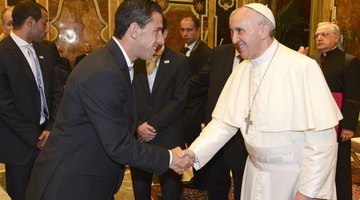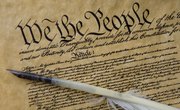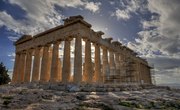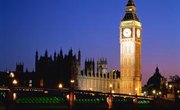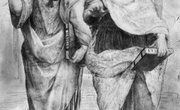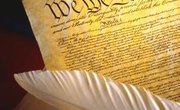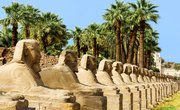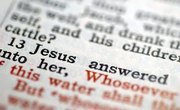What is the Definition of an Elective Monarchy?
In the past, kings and queens often had absolute power over their domains, but today it is more common for them to serve only a ceremonial role within a constitutional system. However, regardless of how much power a monarch possesses, another question we can ask is, "How is the monarch chosen?" In many cases, the position is directly inherited, through a hereditary monarchy, for example, from father to eldest son. But in others, monarchs may be chosen by election.
Different from an absolute monarchy, an elective monarchy allows for electors to determine who will head their system of government, like an elected king or prince-electors. These monarchy types are similar types of government, but the system in which they determine leaders is different. The elective monarchy form of government has a head of state that the people of the state choose for leadership. While monarchies are still present, as well as in the 19th century and 20th century history, abdication is also a factor influencing head of state selections.
Elective monarchy is also defined as a constitutional monarchy. Monarchies, as a collective, are used by countries like Sweden, Denmark, Greece, New Zealand, Poland and the Polish-Lithuanian Commonwealth, Romania, Russia, Spain, the United Kingdom, Belgium, Haiti, Norway, Samoa, Saudi Arabia, and the United Arab Emirates. While some focus on hereditary succession to determine a primogeniture figure head or crown prince principality, like those with Anglo-Saxon backgrounds, some look to leaders like Yang Di-Pertuan Agong, William III, Roman emperors, and Napoleon as examples. Elective monarchies often use conclaves for elections.
Elective Monarchy
A monarchy in which the king or queen is chosen from several candidates is known as an elective monarchy. Calling a system an elective monarchy does not imply that the monarch is elected popularly by all the people of the country; this is possible, but very rare. More often, an elected monarch is chosen by a select council or members of the aristocracy, and even then candidacy may be limited to people with certain qualifications or even to members of the current royal family.
Historical Examples
Many hereditary monarchies in history began as elective ones. One well-known example was the Holy Roman Empire in medieval Europe, where in early years, the emperor was chosen freely by a council of nobles and clergymen. The leaders of the Kingdom of Kongo in Africa were also elected by a group of elites, and the Great Khan of the Mongol Empire was chosen by a council of chiefs. Much earlier in history, the kings of some ancient Greek and Roman city-states were elected directly by the people.
Examples Today
Today, elective monarchies are very rare, but a few do exist. In Malaysia's constitutional monarchy, the symbolic king is formally chosen from among hereditary rulers of nine traditional Malaysian states. Nearby, Cambodia's monarch is also elected, in that case by a special royal council. However, only candidates of royal blood are eligible. The small European nation of Andorra is an unusual case in which the president of France is automatically one of Andorra's two symbolic co-princes, meaning that the country has a monarch who is actually elected by a different country's people.
Vatican City
Perhaps the purest example of an elected monarchy today is Vatican City, even though its leader is not actually called a king. As a sovereign state administered by the Catholic Church, the microstate within Rome is ruled with absolute power by the Pope, who is elected by the College of Cardinals. These high-ranking clergymen, currently numbering about 200, usually choose the new Pope from among themselves, but any baptized Catholic male is eligible for the position.
Related Articles
References
- Yahoo! Education: Encyclopedia: Monarchy
- University of Oregon: The Institutional Structure of the Holy Roman Empire
- Database for Indigenous Cultural Evolution (DICE): Kongo/Bakongo
- Russia, Vol. 1; Alfred Rambaud
- A Dictionary of Greek and Roman Antiquities: Rex
- Jurist: World Law: Malaysia
- Constitution of the Kingdom of Cambodia
- BBC News: Conclave: How cardinals elect a Pope
Writer Bio
Evan Centanni specializes in world cultures and human geography. He grew up in Oregon, but has since lived in two other countries and traveled to many more. Centanni is editor of Political Geography Now at www.polgeonow.com. He holds a Bachelor of Arts in international studies and linguistics from the University of Oregon.

